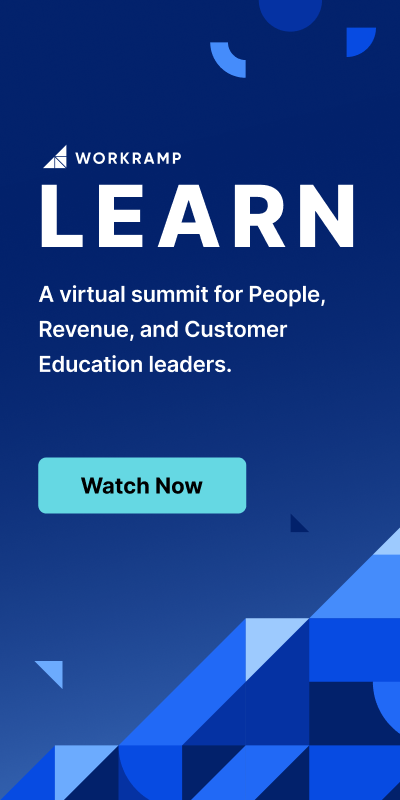You might also like
What is multimodal learning?
Creating a learning environment that considers your team's different needs isn’t easy. Here’s how to identify individual employee learning styles and create a development plan that engages your team.
Customer enablement: empowering customers for success and satisfaction
Enabling your customers means ensuring they get the most out of your products.
Understanding the differences between an LMS and CMS
LMS and CMS tools serve distinct purposes—and for your organization to achieve the best results, both should be used in conjunction with each other.
Everything you need to know about Learning Management Systems
A learning management system (LMS) bridges the gap between an organization’s resources and employee expectations. Learn more about the ins and outs of an LMS.
How AI Helps You Identify and Close Skill Gaps Faster
In today’s fast-paced work environment, skill gaps slow teams down and impact business results. AI is changing the game, helping organizations analyze employee data, pinpoint skill gaps, and deliver training that aligns with both individual needs and company goals. In this blog, we’ll explore how AI-powered tools identify skill gaps, personalize learning paths, and measure […]
How Collaborative Editing Supercharges Training Content Creation
Creating training content isn’t a solo job anymore, nor should it be. Collaborative editing in LMS’s has changed the game, making it easier for teams to work together, improve content on the fly, and scale learning programs faster than ever. With AI tools joining the mix, collaboration is no longer just about sharing a document–it’s […]



